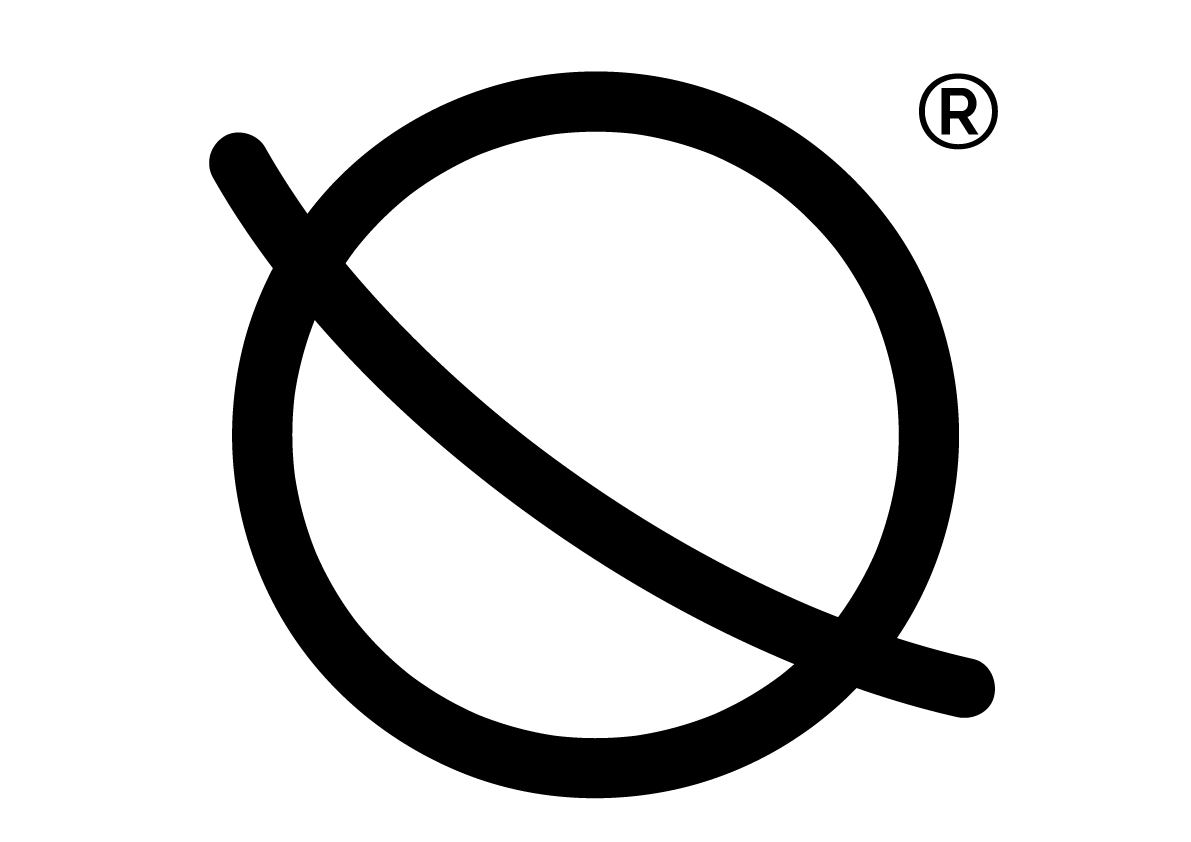The different types of yoga, explained
Can't tell your Ashtanga from your Vinyasa? Don’t worry, there are so many different kinds of yoga that we wouldn’t judge if you didn’t (we’ve been there too!). Not only that, but sometimes it can be bewildering not only trying to name them all, but also understand the differences between the many types we hear about.
Well, luckily we’ve done our research and are here to help! Below we set out some of the main yoga types and whether it's right for you.
Hatha
This is the foundation of all yoga styles. Focusing on the basics, this style involves slower movements and a focus breathing and on holding poses for longer, making it great for beginners.
Good for: anyone who is new to yoga, people who like a more gentle workout or people with injuries
Iyengar
Founded by B.K.S. Iyengar, this is one of the most technical forms of yoga. Iyengar is a form of Hatha yoga which focuses on precision and alignment within poses and correct breathing. Being very meticulous in nature, it will provide a good introduction and deep dive into individual poses. Expect to find more often use of props such as blocks, bands, blankets and walls.
Good for: perfectionists and for those want to develop strength and mobility. The precision and careful movement between poses is good if you have any injuries
Ashtanga
Ashtanga comprises six different yoga flows with focus placed on the breath throughout. It involves moving through a specific set of poses in an specific order meaning you practice in the same way each class. This is dynamic and athletic practice which starts by raising your heart rate through five sun salutation A's and five sun salutation B's, and the move into a series of standing and floor postures.
Good for: people who like a tougher workout, like structure and don’t get bored by repetition.
Vinyasa / dynamic
A flow-based form of yoga, similar to Ashtanga, with varying sequences chosen by the instructor. Considered the most athletic yoga style, you generally move quickly and smoothly between poses and don’t hold them for very long. This style will also focus on breathwork and creating awareness when linking one movement to the next.
Good for: people who want to work up a sweat with a hard workout; also good for athletes as it can be a real test of endurance. Not recommended for people with injuries or yoga beginners.
Power
Similar to Vinyasa yoga, Power yoga is a more vigorous, fitness-focused form of yoga aiming to raise the heart-rate through intense flows. There is less focus on breathwork and meditation.
Good for: people who want to work up a sweat and improve cardiovascular fitness through their practice.
Bikram / Hot
Hot yoga is essentially, any kind of yoga performed in a heated room. The heat encourages a greater range of movement and flexibility. It helps circulation and relaxation but does bring the risk of dehydration, so be sure to drink lots of water before, and after your practice.
Bikram is a branded form of hot yoga which specifies temperature and humidity (40°C and 40%) as well as the sequence of 26 poses which are to be performed.
Good for: people who like to push themselves and test their willpower, achieve a deep stretch and lasting relaxation - and don’t mind a bit (or bucketloads) of sweat)!
Kundalini
This challenging form of yoga involves repetitive exercises, breathing techniques along with chanting and meditation, with the aim of awakening the Kundalini energy at the base of the spine.
Good for: those looking for a more dynamic, spiritual experience
Yin
Yin is the opposite of more dynamic forms of yoga and involves holding poses for 45 seconds to 2 minutes, promoting focus and meditation. It provides deep stretching and promotes relaxation.
Good for: people wanting to increase flexibility, looking to de-stress or simply in for a gentler yoga experience
Restorative
Another slower workout style which involves practising more passive poses for longer, often with the aid of props. The aim is to promote deep relaxation with low exertion.
Good for: the clue is in the name, restorative yoga is great for anyone looking to de-stress and relax! An ideal form of yoga to do on rest days between other, more intense workouts. Savasana lovers will particularly enjoy this one!
Aerial
A relatively new style of yoga, it involves performing regular yoga poses while being supported by a strong, silky hammock. This helps take away the pressure of gravity on your shoulders, spine and head, while promoting strength and flexibility.
Good for: people who are interested in a non-traditional yoga experience and those with joint and spine compression
Conclusion
We recommend trying as many different types as possible: it's always good to try new experiences and you might be surprised at what works for you. You can always mix them up!


